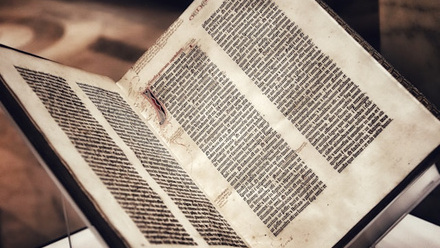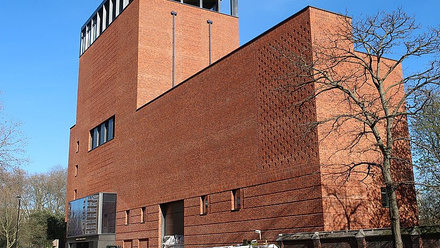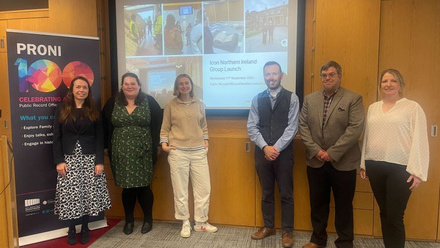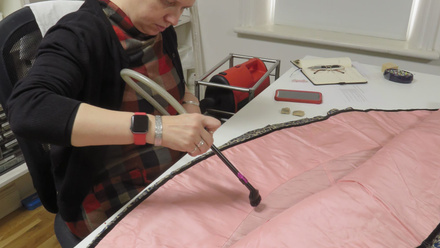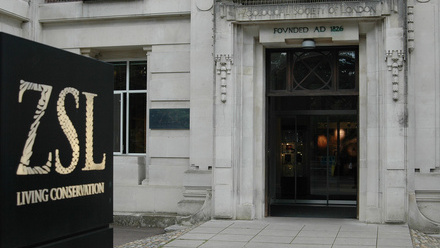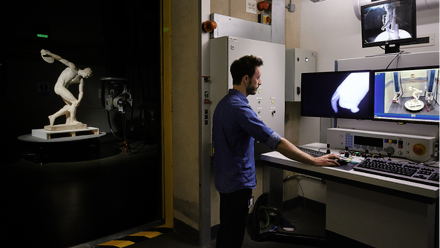If there’s something I didn’t expect from 2020, it is the opportunity to destroy some heritage from the comfort of home. I created the Game of Heritage Destruction in 2017, to use it in teaching. This year, the early days of the lockdown gave me the time to make it presentable.
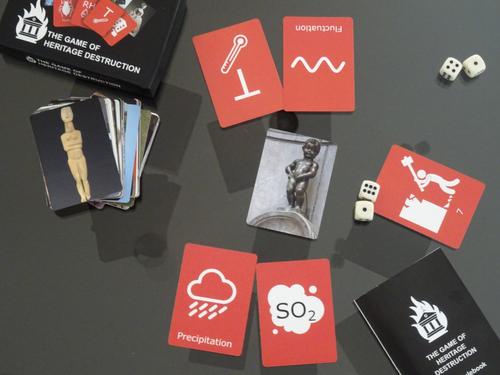
The game originated from a simple idea. I am fascinated with the notion that each material responds in a different way to each agent of deterioration. In some ways, this idea makes life simple. One can imagine a gigantic table, with materials – paper, leather, stone, gold – on one side, and agents of deterioration – pollutants, heat, moisture, vandalism – on the other. Then, the job of the heritage scientist becomes picking an empty square at random and filling it. What are the effects of mould on pearls? How do earthquakes affect cellulose?
The Game of Heritage Destruction demonstrates that this idea is silly. On the surface, the game is a competition to find the nemesis of each object. But there are many factors that render this objective impossible. To begin with, there is the subjectivity of value. For example, one player of the Game of Heritage Destruction may put forward the Crown Jewels, and challenge the other players to destroy it. This player may be confident that the Koh-i-Noor diamond is indestructible.
However, the key is in the “value”. Another player may contend that the value of the jewels doesn’t reside in the diamond, but on their imposing shiny appearance. Therefore, deposition of fine dust, even for a day, would undermine their value on the eyes of thousands of visitors. Another player may mount the defence that great documentary value resides in the small traces of DNA of the monarchs that have used the Crown Jewels. In that case, pests that eat the textiles would prove very destructive, even if these textiles could be eventually conserved. And so on.
That’s why the Game of Heritage Destruction is, fundamentally, a debating game. Yes, one can read the manual, throw the dice and play 90% Humidity against 100 ppbs of H2S. But even in that case, what’s worse: putting objects in a Turkish sauna or having your display case smell of rotten eggs? The game can’t be won without presenting a plausible argument that involves a realistic scenario and an assessment of value.
I’m not a big fan of complicated rules. The Game of Heritage Destruction is meant to provoke debate and find gaps in knowledge, rather than provide general solutions. That’s why instructions are short and simple. That’s why, also, the Game is published as “Beta” and released as a free download.
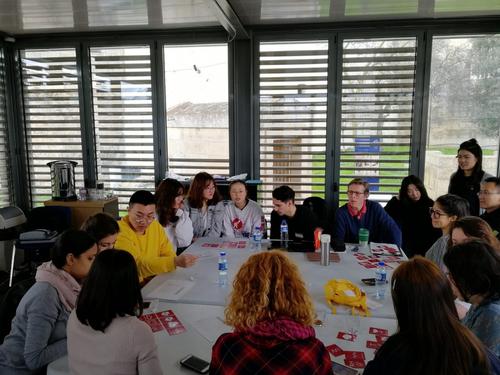
Those who want a ready-to-play package can buy it from GameCrafter. I’d like to see where players take it! The Game will hopefully be useful as a learning tool too. The instructions are very clear in pointing out that it is best enjoyed when played with a knowledgeable moderator. However, what the instructions do not say is that this moderator should be ready to reply “I don’t know!” most of the time. After all, what’s worse for the Pompeiian frescoes, acid rain or a sledgehammer?

